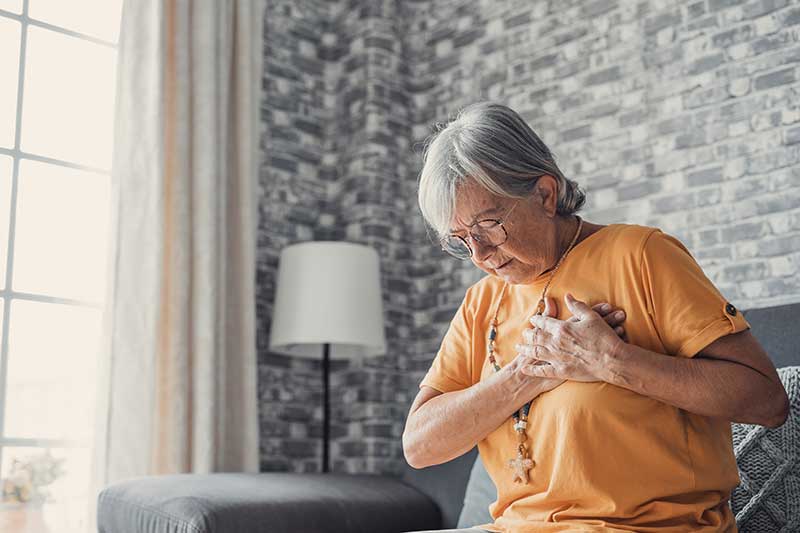Aging Pains Ten Pain Symptoms in the Elderly Not to Ignore
As people age, they frequently disregard aches and pains as inevitable consequences of aging. While it is true that aging can cause some distress, there are certain pain symptoms that should never be ignored in the elderly. Understanding these can be crucial for managing overall health and well-being and assuring early detection of treatable conditions.
1. Persistent Headaches
Occasional headaches are common, but persistent or severe headaches, especially if they differ from previous headaches or are accompanied by other symptoms such as visual disturbances, may indicate a serious condition such as a brain tumor or stroke. Consult a physician immediately if migraines become more frequent or severe.
2. Chest Ache
Regardless of age, chest discomfort is a symptom that should never be ignored. It could be an indicator of heart disease, a heart attack, or other cardiovascular disorders. If you or an elderly loved one are experiencing chest discomfort, seek medical attention immediately.
3. Abdominal Pain
There are numerous causes of abdominal pain, ranging from digestive disorders to severe conditions such as cancer and aortic aneurysms. Abdominal discomfort that is persistent or severe necessitates a doctor’s visit.
4. Weight Loss Without Cause and Pain
Pain accompanied by unexplained weight loss can be an indicator of several diseases, including malignancy. If these symptoms appear for no apparent cause, it is imperative to seek medical attention.
5. Joint Discomfort and Swelling
Although arthritis is common in the elderly, sudden or severe joint pain and edema may indicate a more serious condition, such as rheumatoid arthritis, gout, or even Lyme disease. Consult a physician for an appropriate diagnosis and treatment.
6.Excruciating Back Pain
While backaches are common, severe back discomfort can be a sign of spinal stenosis, herniated disks, or even osteoporosis-related fractures.
7. Frequent or painful urination
In men, pain during urination or an increase in frequency may indicate urinary tract infections, bladder issues, or prostate issues. These ailments necessitate medical treatment.
8. Unusual Muscle Pain
Muscle pain or weakness that persists may be an indication of a systemic disease such as lupus or polymyalgia rheumatica, or an adverse effect of certain medications such as statins.
9. Leg Ache and Swelling
Pain and swelling in one limb could indicate deep vein thrombosis (DVT), a condition that, if left untreated, can lead to potentially life-threatening complications.
10. Chronic Pain Following a Fall or Injury
After a mishap, elderly individuals frequently attribute pain to “bruising.” However, this could conceal significant injuries such as fractures, especially in osteoporosis patients.
In conclusion, while some aches and pains can be attributed to the natural aging process, others can be indicators of severe health problems. Consequently, persistent, severe, or unusual pain must never be ignored. Always consult a medical professional for new or worsening symptoms. Keep in mind that pain is the body’s warning sign that something may be awry. Listen to it, and if necessary, take action to ensure a healthier and joyful aging process.







